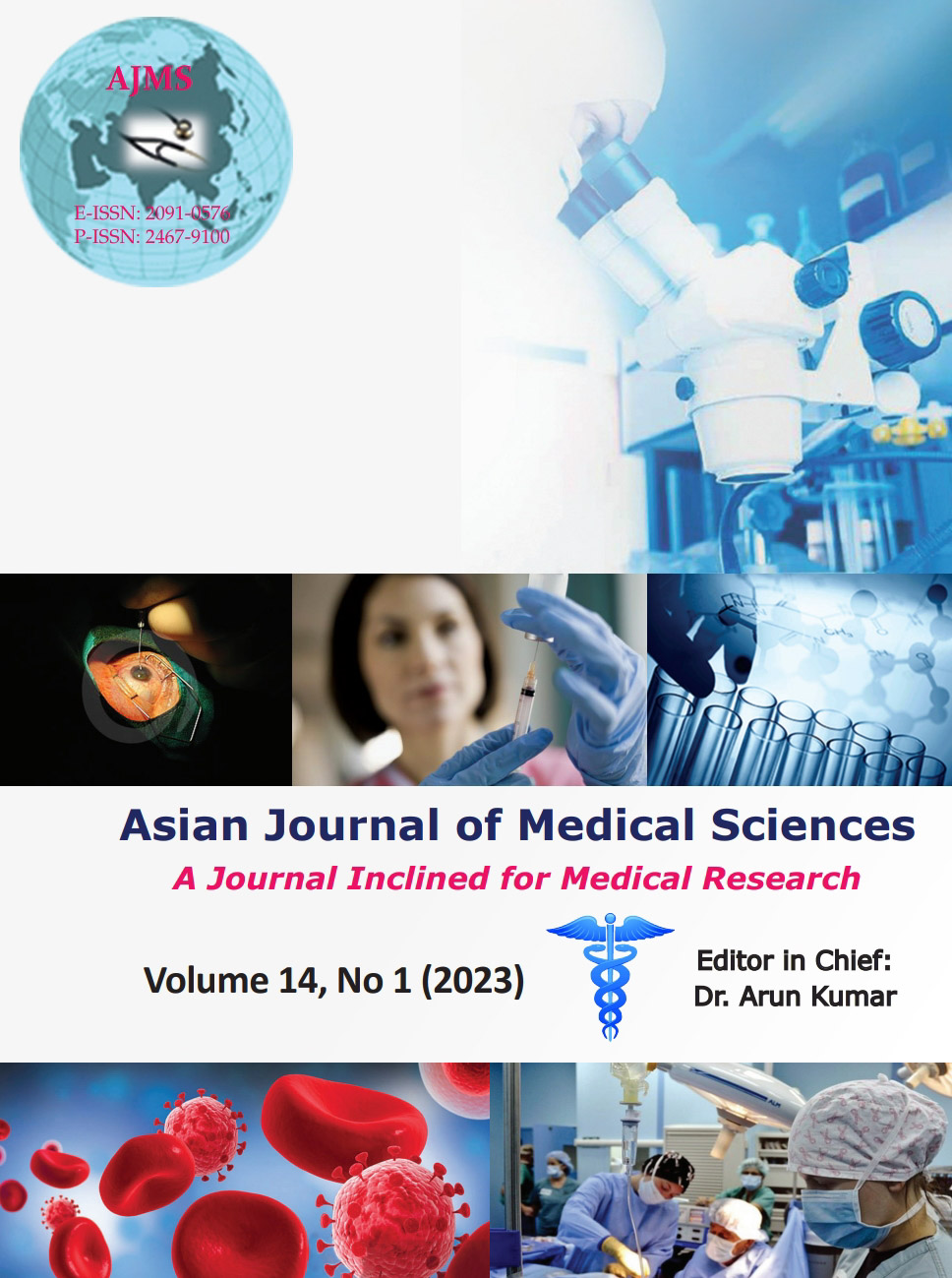A study on prevalence of HIV and its associated risk factors in patients visiting tertiary care center of North India
Keywords:
Human immunodeficiency virus; Acquired immune deficiency syndrome; Integrated counseling and testing center; SRLAbstract
Background: India is home to the second largest population of people living with human immunodeficiency virus/acquired immune deficiency syndrome (HIV/AIDS) with an estimated 5.134 million infections. HIV has infected >75 million people worldwide, with an estimated 37 million people now living with the virus making it the major cause of morbidity and mortality worldwide. HIV is a significant public health problem with tremendous social and economic implications.
Aims and Objectives: Our primary aim is to estimate the prevalence of HIV infection and the associated risk factors of HIV infection.
Materials and Methods: This is a retrospective study of the patients who visited in integrated counseling and testing center (ICTC) and State Reference Laboratory at a tertiary care center of Agra, Uttar Pradesh from January 2017 to December 2021. The data are in accordance with NACO portal.
Results: The highest HIV seropositivity was observed in 35–49 years age group in both males and females in three consecutive years 2017, 2018, and 2019, respectively. HIV seropositivity in males decreased from 8.3% in 2017 to 4.9% in 2021 and in females from 6.0% to 4.6%. The most seropositives belong to married population (41.2%) and the least in divorced population (4.2%). Overall, housewives (20.7%) were maximally affected by HIV seropositivity, followed by skilled workers (15.8%) and unemployed/retired persons (15.7%). Uneducated population had maximum seropositivity rate (35.3%). Majority of HIV positives were heterosexual non-commercial partner (47.4%), while the homosexuals were the least (1.8%) affected.
Conclusion: This study highlights the most affected group of HIV seropositive population and their risk behavior. Thus, by making ICTC, more accessible to ramp up the focused screening and prevention efforts for the suspected HIV population and evolving the appropriate policies/strategies for public awareness program will help to reduce the spread of HIV infection among the masses.
Downloads
Downloads
Published
How to Cite
Issue
Section
License
Copyright (c) 2022 Asian Journal of Medical Sciences

This work is licensed under a Creative Commons Attribution-NonCommercial 4.0 International License.
Authors who publish with this journal agree to the following terms:
- The journal holds copyright and publishes the work under a Creative Commons CC-BY-NC license that permits use, distribution and reprduction in any medium, provided the original work is properly cited and is not used for commercial purposes. The journal should be recognised as the original publisher of this work.
- Authors are able to enter into separate, additional contractual arrangements for the non-exclusive distribution of the journal's published version of the work (e.g., post it to an institutional repository or publish it in a book), with an acknowledgement of its initial publication in this journal.
- Authors are permitted and encouraged to post their work online (e.g., in institutional repositories or on their website) prior to and during the submission process, as it can lead to productive exchanges, as well as earlier and greater citation of published work (See The Effect of Open Access).




